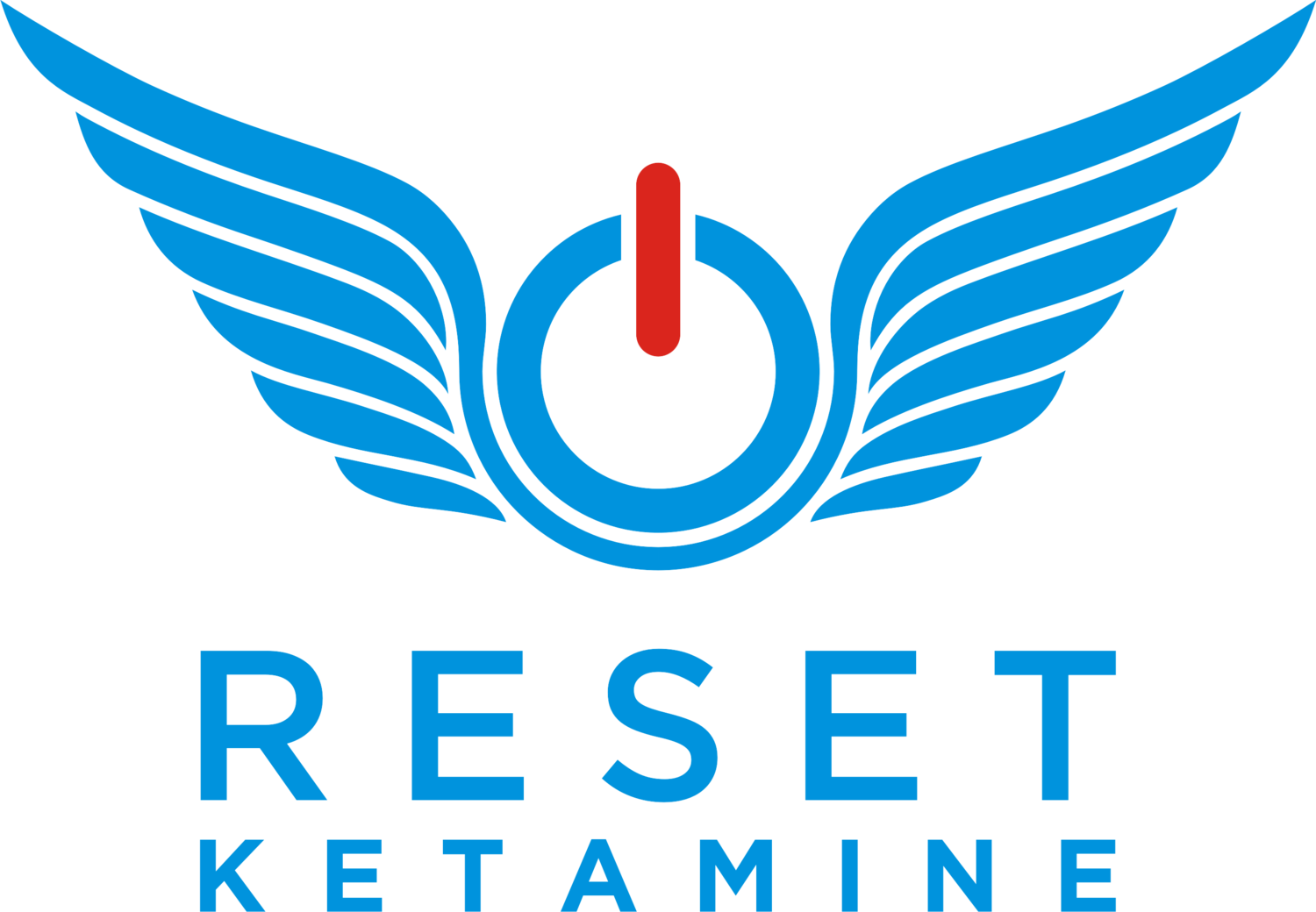Despite the wide array of drugs available to treat depression, there are still patients who remit and those who remain unresponsive. Can ketamine be a more effective option? In this blog post, we talk about a study regarding this matter and what they found.
Ketamine: A New Way To Change Your Mind Blog
NDE and Consciousness with Dr. Sam Ko: A Podcast Excerpt
How Ketamine Affects The Default Mode Network
What’s The Default Mode Network?
The default mode network (DMN) describes various portions in your brain that seem to get activated when your mind is in a passive, non-task oriented state. So it might be when you're just relaxing, daydreaming, thinking about the future or the past without a specific goal. Some people hypothesize that this is actually where the ego may reside and also where we hold a lot of these internal beliefs that may not be supporting us. So for example, you might habitually be saying to yourself, "I'm not good enough" or "I'm not worthy " or "I don’t deserve that.” These automatic thought patterns may be stemming from your default mode. You're not consciously trying to think of this but it just reflexively comes up.
How Can I Be More Grateful In My Life?
Frequently, we can look at our lives and notice areas that aren’t quite good enough. Or it may feel like there is always something a little wrong. It might be the pick-up food order that’s missing an item when you get home, the small leak in your roof that needs to be repaired, or the highway traffic that we get stuck in.
Although we have much in our lives, we easily forget what we do have because we become used to what we have in our lives. This is known as the hedonic treadmill - a cycle of wanting, getting, then gradually becoming accustomed to what we previously desired
How Do Ketamine Infusions Help Fibromyalgia?
Fibromyalgia is a leading cause of chronic pain affecting millions of Americans every day. Researchers hypothesize that central sensitization is the primary mechanism involved, but there are many other factors including genetics, immunological, psychological, and hormones that influence the development of fibromyalgia. Central sentization refers to a process called “wind-up” where the central nervous system gets regulated into a persistent state of high reactivity. This persistent or wound up state of reactivity lowers the threshold for what causes pain and can create extreme pain even with minimal stimulus. This phenomena is believed to be related to neuroplasticity which is mediated by the N-Methyl-D-aspartate (NMDA) receptors located in the spinal cord.
So how exactly do ketamine infusions help in fibromyalgia?
Ketamine’s most immediate mechanism of action is to block NMDA receptors. It is the most potent clinically available NMDA receptor antagonist today. By blocking the activity of the NMDA receptor, ketamine seems to reset the altered pain receptors that have become hypersensitized in patients with fibromyalgia.
Ketamine Infusions for Obsessive-Compulsive Disorder (OCD)
Obsessive-compulsive disorder (OCD) is a chronic condition affecting 1 in 40 adults and 1 in 100 children in the United States. This disorder is characterized by intrusive, repetitive thoughts and behaviors. Interfering with work, interpersonal relationships, and in general, patients’ enjoyment of life, OCD can have a devastating effect due to its debilitating nature. The only FDA approved treatment for OCD are serotonin reuptake inhibitors (SRIs), but the effects of these are limited. Meaningful improvement can take up to 6 to 10 weeks and symptom relief is limited. To find a better way to treat this disorder, researchers at Columbia University conducted a study involving ketamine infusions.
3 Reasons Why You Should Know About the Default Mode Network of Your Brain
The Default Mode Network (sometimes called simply the default network or the DMN) refers to an interconnected group of brain structures that are hypothesized to be part of a functional system. The DMN includes areas of the brain which researchers found to have higher activity when the mind was supposed to be at rest. For example, when you are day dreaming, thinking about the future, replaying memories, etc. without a specific goal in mind. Now, why would we care about this? The DMN is found to have increased activity in certain mood and pain disorders. That being said, let's look at our 3 reasons why you should know about the DMN.








